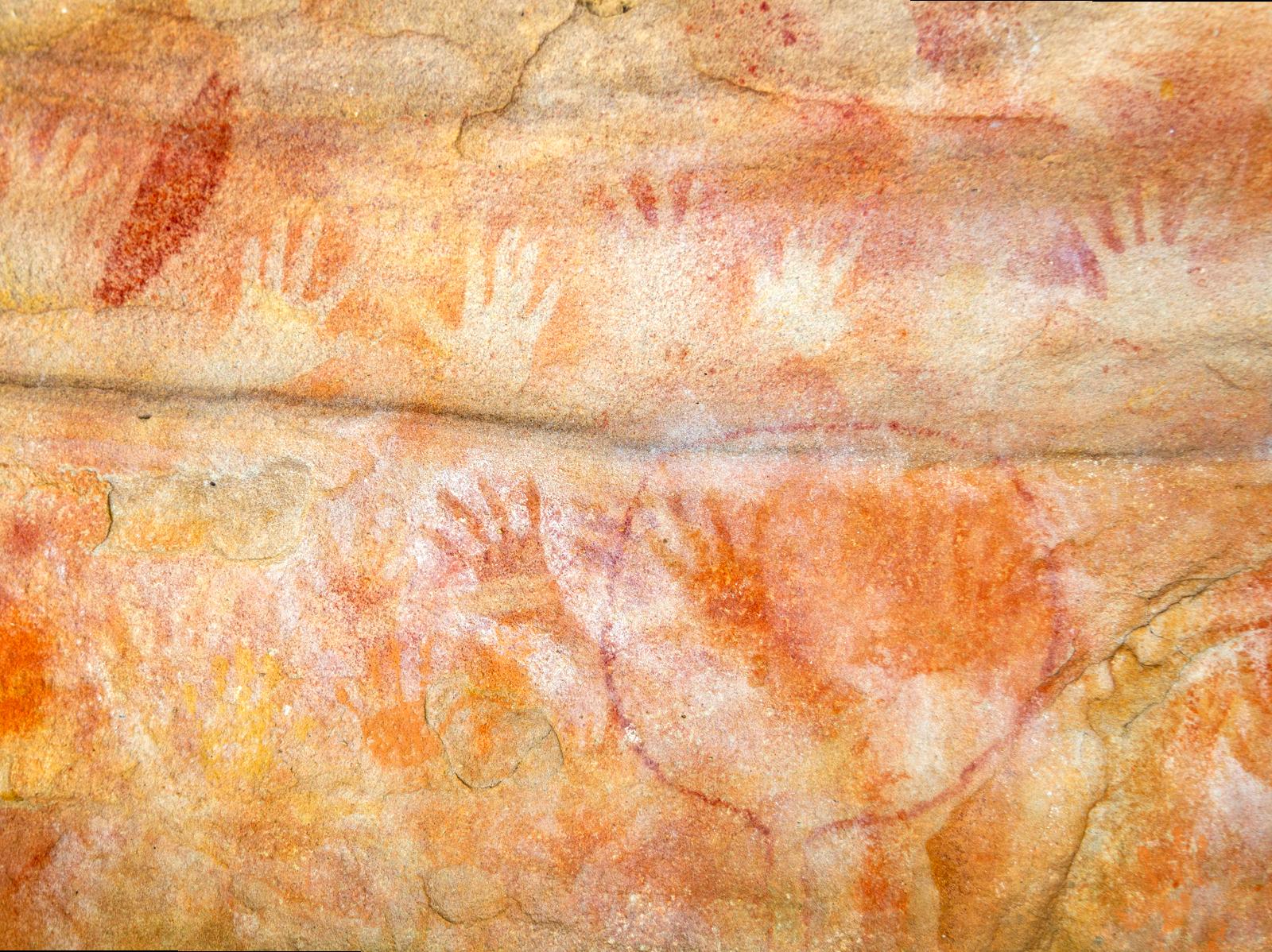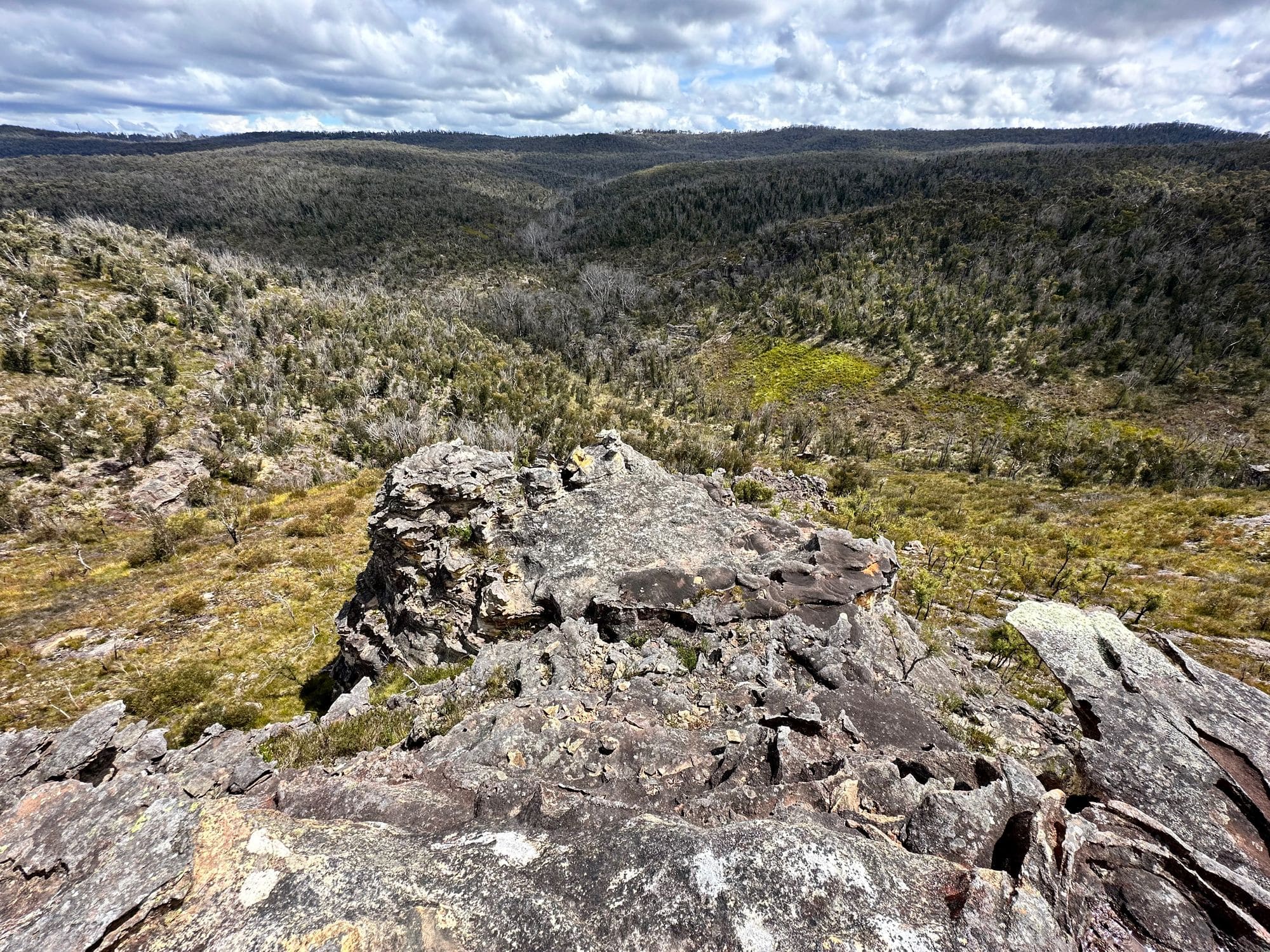The Marengo Reefs Marine Sanctuary is a very important place for the protection and conservation of marine ecosystems. It is located off the coast of Australia and serves as a critical support system for various marine life forms as well as sustainable practices in the area. The sanctuary was created to preserve unique habitats such as vibrant coral reefs, different fish species among others which are necessary for ecological balance. The sanctuary operates on deep-seated commitment towards marine conservation whereby it seeks to address challenges facing its marine environment through community participation, scientific research and strong regulations. This paper will look into ecological significance, conservation efforts made so far and future plans for Marengo Reefs Marine Sanctuary.

Introduction
Marengo Reefs Marine Sanctuary is located along the scenic southern coast of Victoria, Australia. This region was established in 2002 with an aim of protecting diverse marine systems found within its waters which are considered ecologically significant. Covering about 1,763 hectares; this includes beautiful coral formations, underwater rocky outcrops and many other types of marine habitats. Conservation efforts in this part have led to increased understanding about not only biodiversity but also how important these areas are for fishing communities and tourism industry that depends on them locally. Climate change impacts on oceans pose threats towards human activities hence need for sustainable coexistence between people’s lives and those of sea creatures here too should be taken care of by ensuring both sides benefit from each other without harming one another thus making sure that all parties involved gain something positive out of it.
Ecological Importance
The ecological importance of Marengo Reefs Marine Sanctuary can be seen through its high levels of biodiversity. Over 100 different species fish alone can be found in this sanctuary alongside numerous crustaceans plus other invertebrates too live here making it their home too . These organisms play various roles within the marine ecosystem including acting as indicators of environmental health and helping to keep coral reefs healthy. Coral reefs are important because they provide habitats for many other marine organisms while also acting as natural barriers against erosion along coastlines. Unfortunately, global warming has led to increased ocean temperatures which have resulted into unprecedented stress levels on these corals worldwide due to pollution among other factors thus making it even more necessary that we protect them here at Marengo Reefs Marine Sanctuary since they are already under threat from such things. Therefore continuous monitoring of coral health is vital for overall ecological integrity of this sanctuary.
Biodiversity
The Marengo Reefs Marine Sanctuary is a place where one can find different kinds of marine life. Some examples include:
- Eastern Blue Groper – This fish has bright colors and it looks very beautiful.
- Spotted Handfish – It is an endangered species that can only be found in this area.
- Colorful Corals – There are several types of corals which have different colors and they provide homes for many other sea creatures.

Protecting these species forms part of ongoing conservation efforts within the sanctuary so as to ensure healthy ecosystems that support both human activities and marine life.
Conservation Efforts
Marengo Reefs Marine Sanctuary has been subject to comprehensive conservation measures aimed at safeguarding its resources. These initiatives were developed by local authorities together with NGOs who work towards protecting and preserving the sanctuaries’ marine resources. Key policies and regulations include fishing restrictions and sustainable tourism guidelines to reduce human impact on the environment. Education programs that engage with the community have also proved essential; these raise awareness about marine conservation and foster responsibility among locals as well as visitors. Partnerships with research institutions are used to strengthen these efforts through continuous monitoring and data collection which helps in adapting strategies according to new challenges. This collaborative approach ensures that all stakeholders participate in protecting these valuable marine ecosystems.
Community Involvement and Education
At Marengo Reefs Marine Sanctuary, community involvement is crucial for successful conservation. Locals are engaged through educational programs aimed at promoting responsible practices while highlighting the importance of marine conservation.
| Community Initiative | Description |
|---|---|
| Beach Clean-Up Events | Frequent events organized to clear beaches and reefs of debris and litter. |
| Marine Conservation Workshops | Workshops that provide knowledge on sustainable practices and the significance of marine ecosystems. |
| Citizen Science Programs | Opportunities for data collection participation by locals who monitor marine life. |
These initiatives not only create a sense of ownership among community members but also enhance their connection with the sea. By empowering local communities, the sanctuary strengthens its conservation efforts while ensuring sustainable use of ocean resources.
Challenges Facing Marengo Reefs

Despite ongoing efforts towards protection, there are many challenges facing Marengo Reefs Marine Sanctuary. Overfishing, pollution from urban development and unsustainable tourism practices have all had negative impacts on the marine environment. Furthermore, climate change effects such as increased sea temperatures and ocean acidification are increasingly putting coral reefs at risk of ill health along with other associated marine life. Active monitoring and research are necessary to understand these challenges so that adaptive management strategies can be developed. Scientific studies done in collaboration with universities and research institutions seek to assess marine biodiversity health, identify areas in need of protection most urgently as well as measure policy success.
Ongoing Research and Monitoring
Researching and monitoring are important tools for the sanctuary’s resilience against environmental stressors. Collaborative studies focusing on species populations, coral health and habitat conditions provide critical information that guides decisions about how best to manage them. These research efforts play a key role in identifying those species which may be at risk, assessing overall ecosystem healthiness while also implementing evidence-based conservation strategies. By evaluating whether or not current regulations work effectively together with practices adopted by the sanctuary’s management towards protecting marine life; informed adjustments can be made where necessary so as to enhance their safety.
Future of Marengo Reefs Marine Sanctuary
The future of Marengo Reefs Marine Sanctuary depends on having a long-term vision for ocean conservation. The aim is to restore and safeguard valuable habitats within this area so that biodiversity can flourish for generations into the future. Sustainable approaches like responsible tourism coupled with community-driven initiatives will be instrumental in achieving these objectives. Potential partnerships involving researchers, local governments as well as conservation organizations could help identify innovative responses towards emerging threats. As the knowledge about marine conservation is increasing, the sanctuary also aims to inspire and motivate a new generation of environmental stewards. Involving visitors in conservation efforts can create a sense of duty which will make them advocates for marine ecosystems.
How You Can Get Involved
Each person can help conserve Marengo Reefs Marine Sanctuary. Here are some things you can do:
- Take part in local beach clean-up events to help keep the marine environment healthy.
- Support local conservation projects through volunteering or donations.
- Tell others about why it’s important to save our oceans and what they can do themselves.
By taking action, not only are you protecting this place but also fostering a culture where everywhere becomes responsible for their own actions towards conserving all parts of the sea.
Conclusion
The Marengo Reefs Marine Sanctuary is an essential center for marine conservation that addresses ecological challenges as well as socio-economic needs within its vicinity. Through continued effort, awareness creation and partnership approach; we shall be able to secure this unique marine environment for future generations. It is our duty collectively as humans living on earth today to ensure these fragile systems are safeguarded so that they may thrive forever more into tomorrow. With involvement from communities, strong research undertakings coupled with sustainable practices being put into place – Marengo Reefs Marine Sanctuary remains a beacon against marine degradation worldwide. Let us work together towards making sure that this sanctuary flourishes throughout ages thereby providing safe haven for sea creatures while at same time acting inspirationally upon global environmentalists.
FAQs
1. What is the main purpose of the Marengo Reefs Marine Sanctuary?
The main aim of creating this sanctuary was to protect different species of marine life and their habitats so that they can continue existing naturally without any interference from human beings.
2. What types of species can be found in Marengo Reefs?
Marengo Reefs is home to a wide range of corals, fish, crustaceans as well as marine mammals among others most which are only found within that area.
3. How can local communities participate in conservation efforts?
Local communities should engage themselves into cleaning up activities around beaches, supporting sustainable fishing methods and taking part in education programs that promote awareness on marine conservation.
4. What are the major threats to the Marengo Reefs?
The major challenges facing these reefs include overfishing, unsustainable tourism practices, pollution and climate change effects like coral bleaching and ocean acidification.
5. Can tourists visit Marengo Reefs, and if so, how can they do so responsibly?
Yes tourists are allowed to go see them but it’s important for them not touch anything especially corals also they should avoid littering around plus try minimizing their environmental impact while enjoying natural beauty there.




